Home>Furniture & Design>Bedroom Furniture>How Long Does A Memory Foam Pillow Last
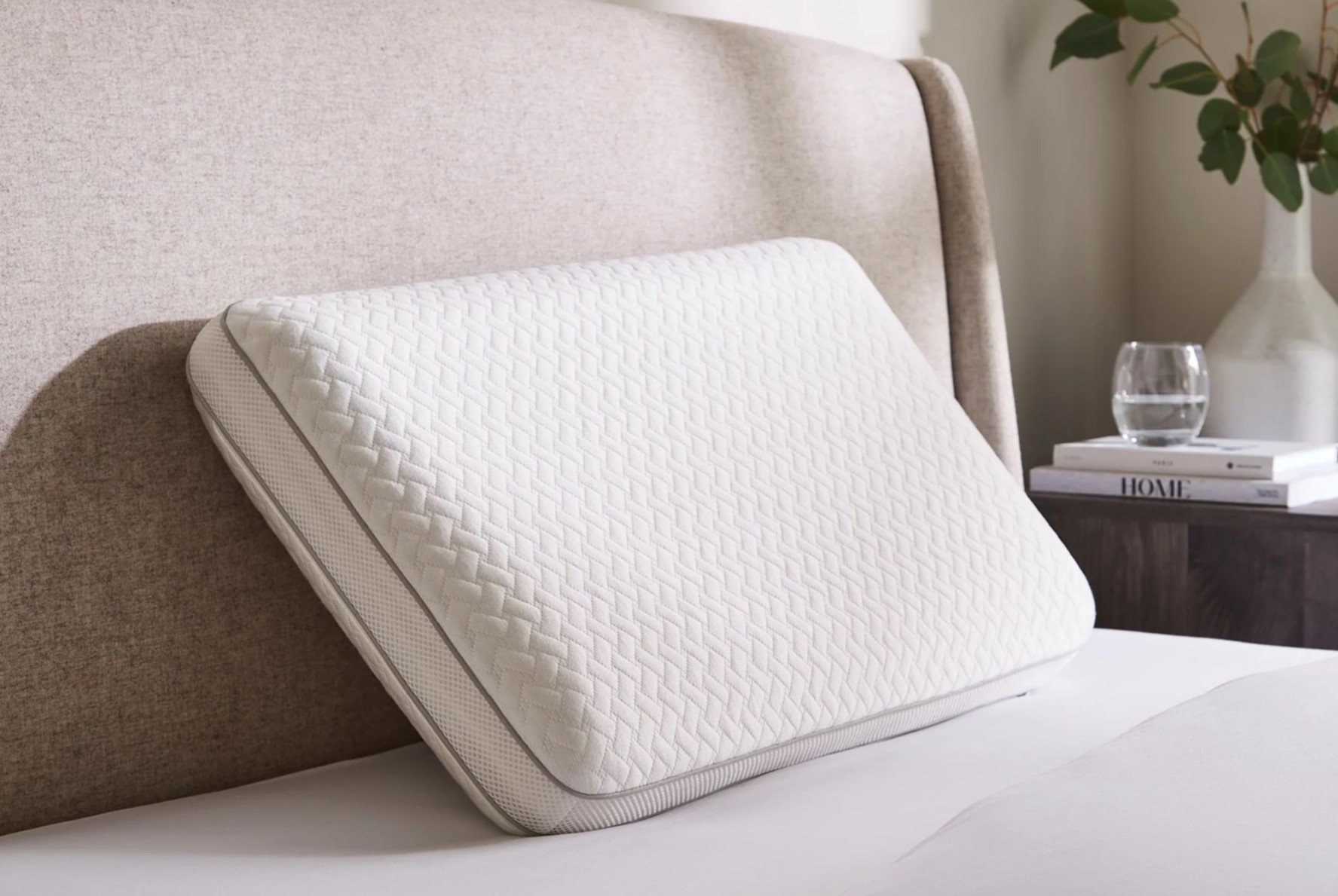

Bedroom Furniture
How Long Does A Memory Foam Pillow Last
Modified: January 14, 2024
Discover how long a memory foam pillow lasts and make it a lasting addition to your bedroom furniture. Find out the best designs and lasting quality.
(Many of the links in this article redirect to a specific reviewed product. Your purchase of these products through affiliate links helps to generate commission for Storables.com, at no extra cost. Learn more)
Introduction
Understanding Memory Foam Pillows
Memory foam pillows are a popular choice for many individuals seeking a comfortable and supportive sleep experience. These pillows are crafted from viscoelastic foam, a material known for its ability to contour to the shape of the head and neck, providing personalized support and pressure relief. Understanding the construction and properties of memory foam pillows can help users make informed decisions about their purchase and care.
Memory foam pillows are designed to offer exceptional comfort and are often recommended for individuals with neck pain, back pain, or other musculoskeletal issues. The viscoelastic foam used in these pillows responds to body heat, allowing it to mold to the unique curves and contours of the sleeper's head and neck. This adaptive quality helps distribute weight evenly, reducing pressure points and promoting proper spinal alignment during sleep.
One of the key advantages of memory foam pillows is their ability to minimize disturbances caused by movement. The material's responsiveness allows it to absorb and isolate motion, meaning that when one person shifts or repositions during the night, their movements are less likely to disturb their sleeping partner. This feature can be particularly beneficial for couples sharing a bed.
Moreover, memory foam pillows are often hypoallergenic, resistant to dust mites, and antimicrobial, making them a suitable choice for individuals with allergies or asthma. These qualities contribute to a healthier sleep environment and can alleviate symptoms for those with respiratory issues.
In addition to their functional benefits, memory foam pillows are available in a variety of shapes and sizes to accommodate different sleep preferences. Whether you prefer a traditional pillow shape, a contoured design, or a specialized ergonomic style, there is likely a memory foam option to suit your needs.
Understanding the unique characteristics and potential benefits of memory foam pillows can empower individuals to make well-informed choices when selecting their sleep accessories. By recognizing the advantages of these pillows, consumers can maximize their comfort and overall sleep quality while also extending the lifespan of their memory foam pillow through proper care and maintenance.
Understanding Memory Foam Pillows
Memory foam pillows are a popular choice for many individuals seeking a comfortable and supportive sleep experience. These pillows are crafted from viscoelastic foam, a material known for its ability to contour to the shape of the head and neck, providing personalized support and pressure relief. Understanding the construction and properties of memory foam pillows can help users make informed decisions about their purchase and care.
Memory foam pillows are designed to offer exceptional comfort and are often recommended for individuals with neck pain, back pain, or other musculoskeletal issues. The viscoelastic foam used in these pillows responds to body heat, allowing it to mold to the unique curves and contours of the sleeper’s head and neck. This adaptive quality helps distribute weight evenly, reducing pressure points and promoting proper spinal alignment during sleep.
One of the key advantages of memory foam pillows is their ability to minimize disturbances caused by movement. The material’s responsiveness allows it to absorb and isolate motion, meaning that when one person shifts or repositions during the night, their movements are less likely to disturb their sleeping partner. This feature can be particularly beneficial for couples sharing a bed.
Moreover, memory foam pillows are often hypoallergenic, resistant to dust mites, and antimicrobial, making them a suitable choice for individuals with allergies or asthma. These qualities contribute to a healthier sleep environment and can alleviate symptoms for those with respiratory issues.
In addition to their functional benefits, memory foam pillows are available in a variety of shapes and sizes to accommodate different sleep preferences. Whether you prefer a traditional pillow shape, a contoured design, or a specialized ergonomic style, there is likely a memory foam option to suit your needs.
Understanding the unique characteristics and potential benefits of memory foam pillows can empower individuals to make well-informed choices when selecting their sleep accessories. By recognizing the advantages of these pillows, consumers can maximize their comfort and overall sleep quality while also extending the lifespan of their memory foam pillow through proper care and maintenance.
Factors Affecting the Lifespan of Memory Foam Pillows
Memory foam pillows are renowned for their durability and ability to provide long-lasting comfort. However, several factors can influence the lifespan of these pillows, ultimately impacting their performance and support over time.
Quality of Materials: The quality of the memory foam used in the pillow significantly influences its longevity. Higher-density memory foam tends to be more durable and resilient, maintaining its shape and support for an extended period. Lower-quality foam may deteriorate more quickly, leading to a shorter pillow lifespan.
Frequency of Use: The frequency with which the pillow is used can affect its lifespan. Pillows that are used nightly will naturally experience more wear and tear compared to those used infrequently. Additionally, individuals who spend extended periods in bed, such as those who work or relax in bed, may find that their pillows require replacement sooner due to increased compression and usage.
Body Weight: The weight of the individual using the memory foam pillow can impact its longevity. Heavier individuals exert more pressure on the pillow, potentially causing it to compress and wear out more quickly than it would for lighter individuals. Selecting a pillow with an appropriate thickness and density for your body weight can help mitigate this factor.
Environmental Factors: Environmental conditions, such as temperature and humidity, can affect the integrity of memory foam pillows. Exposure to high heat or direct sunlight can accelerate the breakdown of the foam, leading to deterioration. Additionally, excessive moisture or humidity can create an environment conducive to mold and mildew, potentially compromising the pillow’s lifespan.
Proper Maintenance: Regular care and maintenance play a crucial role in prolonging the lifespan of memory foam pillows. Using a protective pillowcase or cover can help shield the pillow from oils, sweat, and dirt, reducing the likelihood of premature wear. Additionally, following the manufacturer’s cleaning and care instructions can prevent damage and extend the pillow’s usability.
By considering these factors and taking proactive measures to mitigate potential sources of wear and tear, individuals can maximize the lifespan of their memory foam pillows, ensuring continued comfort and support for an extended period.
Memory foam pillows typically last for about 2-3 years with proper care. To extend its lifespan, regularly fluff and rotate the pillow, use a pillow protector, and avoid washing it too frequently.
Signs Your Memory Foam Pillow Needs Replacing
Over time, even the highest-quality memory foam pillows will begin to show signs of wear and tear. Recognizing these indicators is crucial for maintaining optimal comfort and support during sleep. Here are several common signs that may indicate it’s time to replace your memory foam pillow:
- Loss of Support: If your memory foam pillow is no longer providing the support and comfort it once did, it may be time for a replacement. Over time, the foam can lose its resilience and ability to bounce back, resulting in diminished support for the head and neck.
- Visible Wear and Tear: Inspect your pillow regularly for visible signs of wear, such as flattened areas, lumps, or permanent indentations. These issues can indicate that the foam has deteriorated and is no longer able to maintain its original shape and support.
- Increased Discomfort: If you find yourself waking up with neck pain, stiffness, or discomfort that wasn’t present when the pillow was new, it may be a sign that the pillow has lost its effectiveness and needs to be replaced.
- Unpleasant Odors: Over time, memory foam pillows can accumulate odors from sweat, body oils, and environmental factors. Despite regular cleaning, if your pillow continues to emit unpleasant odors that cannot be eliminated, it may be time to invest in a new one.
- Resilience and Shape: Gently fold or squeeze your pillow to assess its resilience. If the foam takes a long time to regain its original shape or remains compressed, it may have reached the end of its usable lifespan.
- Increased Allergies or Respiratory Issues: If you notice an increase in allergy symptoms or respiratory discomfort, it could be due to the accumulation of allergens and dust mites within the pillow, indicating the need for a replacement.
It’s important to recognize that memory foam pillows, like all bedding and sleep accessories, have a finite lifespan. While proper care and maintenance can prolong their usability, being attentive to the signs of wear and knowing when to replace your pillow is essential for ensuring continued comfort and support during sleep.
Extending the Lifespan of Your Memory Foam Pillow
Proper care and maintenance are essential for preserving the comfort, support, and longevity of your memory foam pillow. By implementing the following practices, you can extend the lifespan of your pillow and ensure continued satisfaction with its performance:
- Use a Protective Cover: Invest in a high-quality, breathable pillowcase or cover designed specifically for memory foam pillows. This protective layer can help shield the pillow from body oils, sweat, and dust, reducing the need for frequent washing and minimizing wear and tear.
- Regular Cleaning: While memory foam pillows are not machine washable, they can be spot cleaned to remove stains and odors. Follow the manufacturer’s guidelines for cleaning, which often involve using a mild detergent and gently dabbing the affected areas with a damp cloth. Allow the pillow to air dry thoroughly before placing it back in its cover.
- Proper Support: Ensure that your memory foam pillow is adequately supported by a suitable pillowcase and that it maintains its shape and loft. Avoid folding or compressing the pillow for extended periods, as this can cause the foam to lose its resilience and supportive properties.
- Regular Fluffing and Rotation: To prevent the development of permanent indentations, periodically fluff and rotate your memory foam pillow. This practice helps distribute the foam’s wear evenly and promotes its longevity.
- Avoid Excessive Heat and Moisture: Protect your memory foam pillow from direct sunlight, high heat, and excessive moisture, as these factors can accelerate the breakdown of the foam and compromise its integrity. Additionally, ensure that the pillow remains dry and well-ventilated to prevent the growth of mold and mildew.
- Replace When Necessary: Despite your best efforts to maintain your memory foam pillow, it will eventually reach the end of its usable lifespan. Be attentive to the signs of wear and consider replacing your pillow when it no longer provides adequate support, comfort, or hygiene.
By incorporating these practices into your pillow care routine, you can significantly prolong the life of your memory foam pillow, ensuring that it continues to deliver exceptional comfort and support for an extended period. Additionally, following the manufacturer’s specific care instructions for your pillow model is crucial for preserving its performance and structural integrity.
Conclusion
Memory foam pillows offer a host of benefits, including personalized support, pressure relief, and motion isolation, making them a popular choice for individuals seeking enhanced comfort during sleep. Understanding the factors that influence the lifespan of memory foam pillows and recognizing the signs that indicate the need for replacement are essential for maintaining optimal sleep quality and support.
By considering the quality of materials, frequency of use, body weight, environmental factors, and proper maintenance, individuals can take proactive steps to maximize the longevity of their memory foam pillows. Additionally, being attentive to signs such as loss of support, visible wear and tear, increased discomfort, and unpleasant odors can guide users in determining when it’s time to replace their pillows for continued comfort and support.
Implementing proper care practices, such as using a protective cover, regular cleaning, ensuring proper support, and avoiding excessive heat and moisture, can significantly extend the lifespan of memory foam pillows. By incorporating these strategies into their pillow care routine, individuals can enjoy prolonged comfort and support while minimizing the need for frequent replacements.
Ultimately, the lifespan of a memory foam pillow is influenced by various factors, and while proper care can extend its usability, recognizing when it’s time for a replacement is crucial for maintaining optimal sleep quality. By understanding the unique properties of memory foam pillows and implementing effective care practices, individuals can maximize the lifespan of their pillows, ensuring continued comfort and support for restful and rejuvenating sleep experiences.
Frequently Asked Questions about How Long Does A Memory Foam Pillow Last
Was this page helpful?
At Storables.com, we guarantee accurate and reliable information. Our content, validated by Expert Board Contributors, is crafted following stringent Editorial Policies. We're committed to providing you with well-researched, expert-backed insights for all your informational needs.
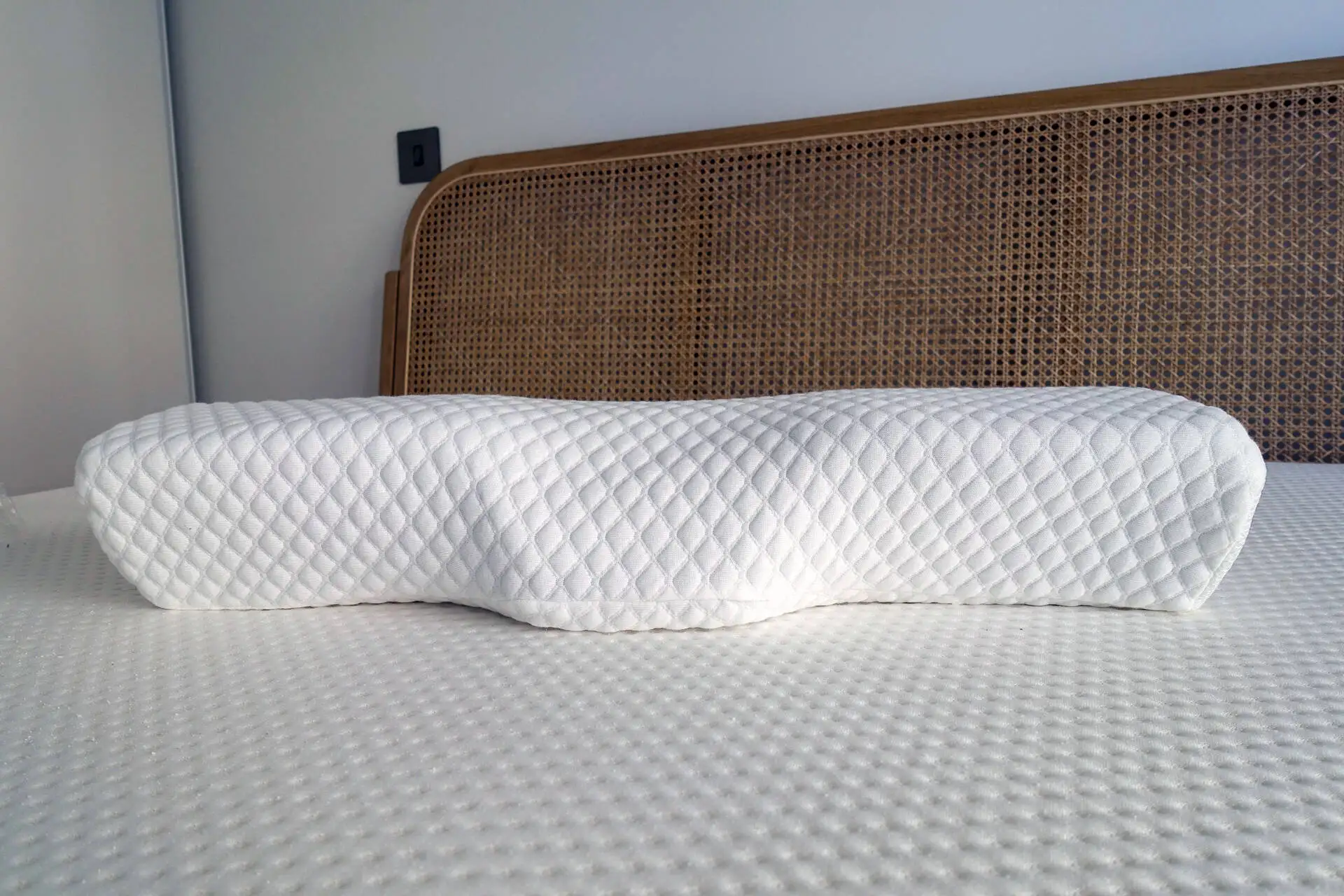
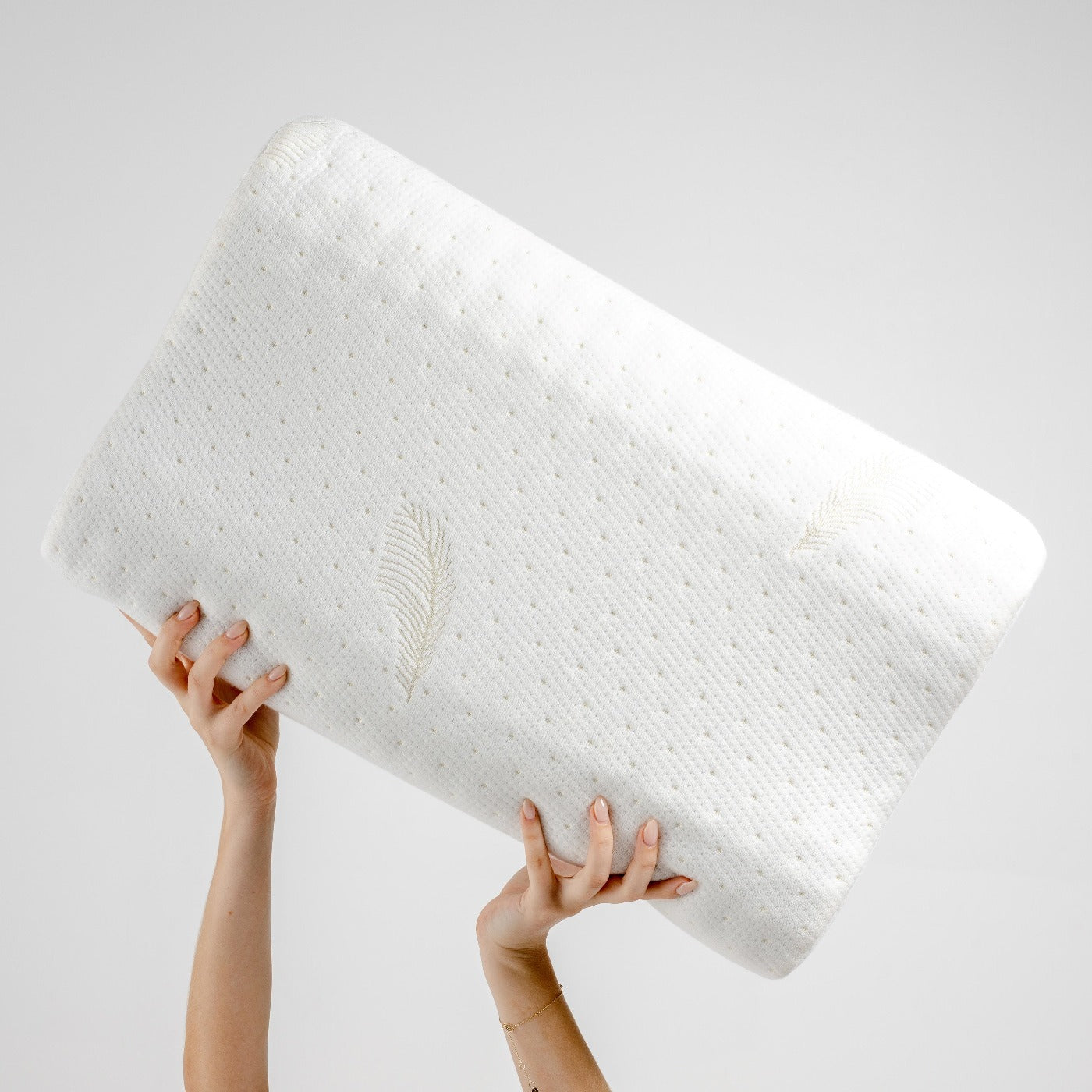
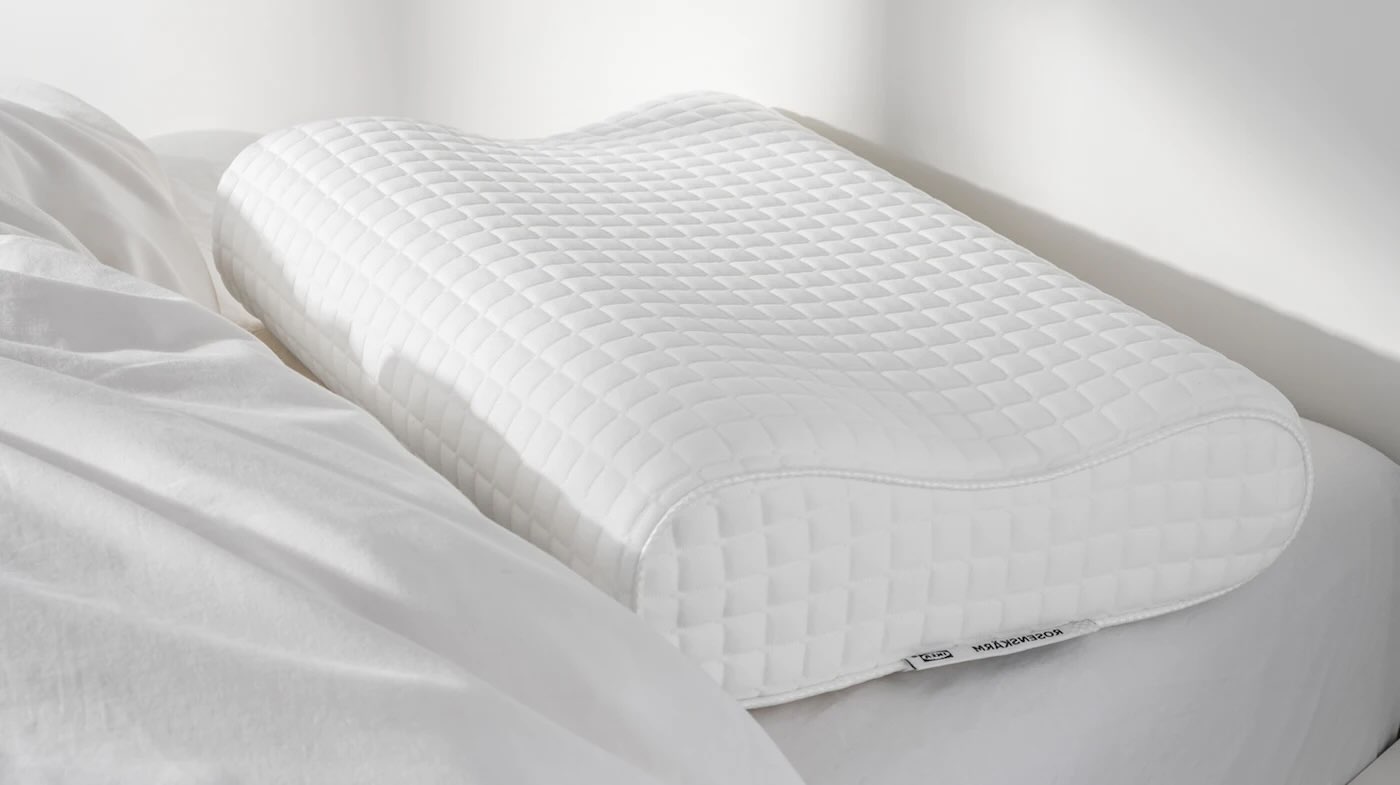
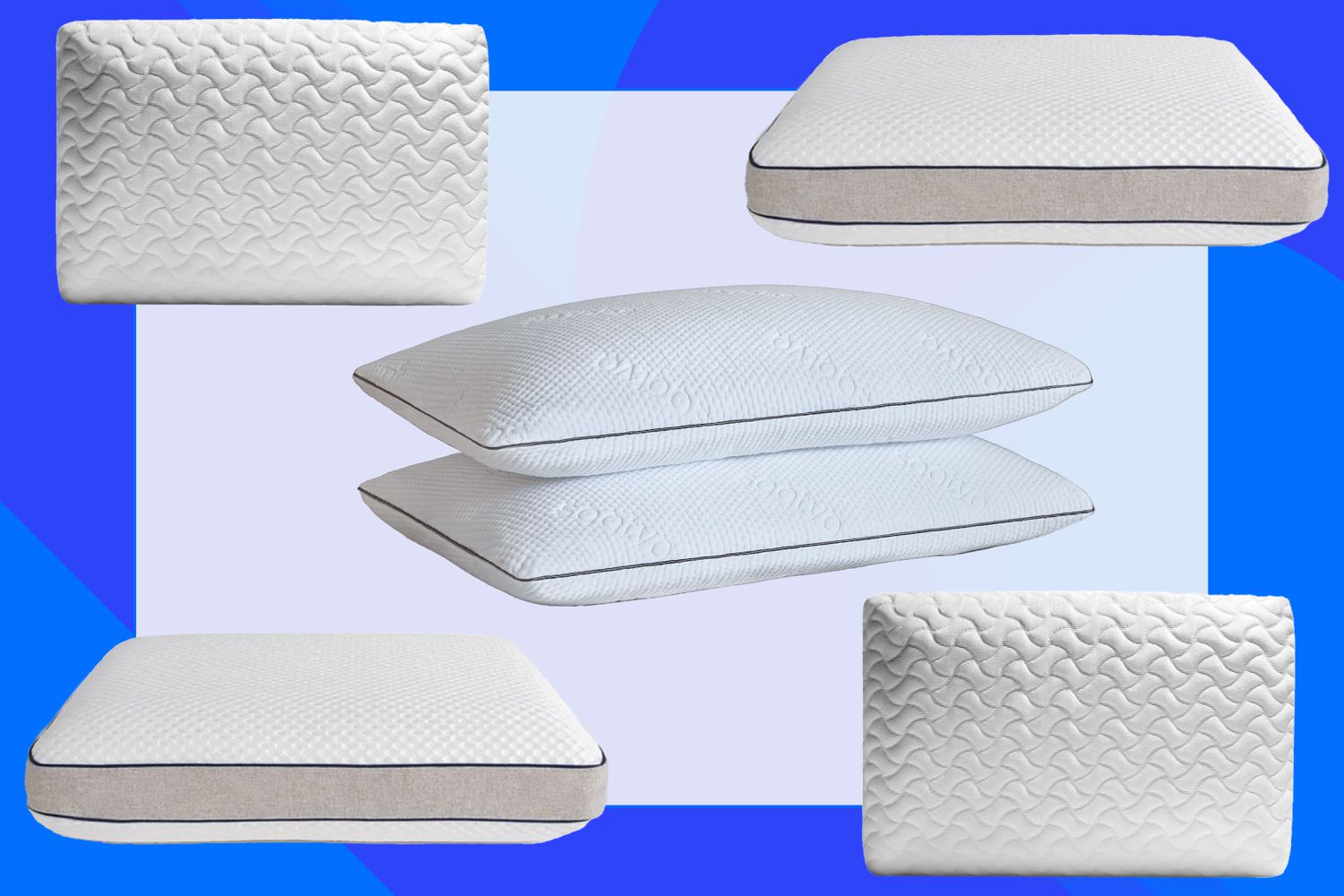
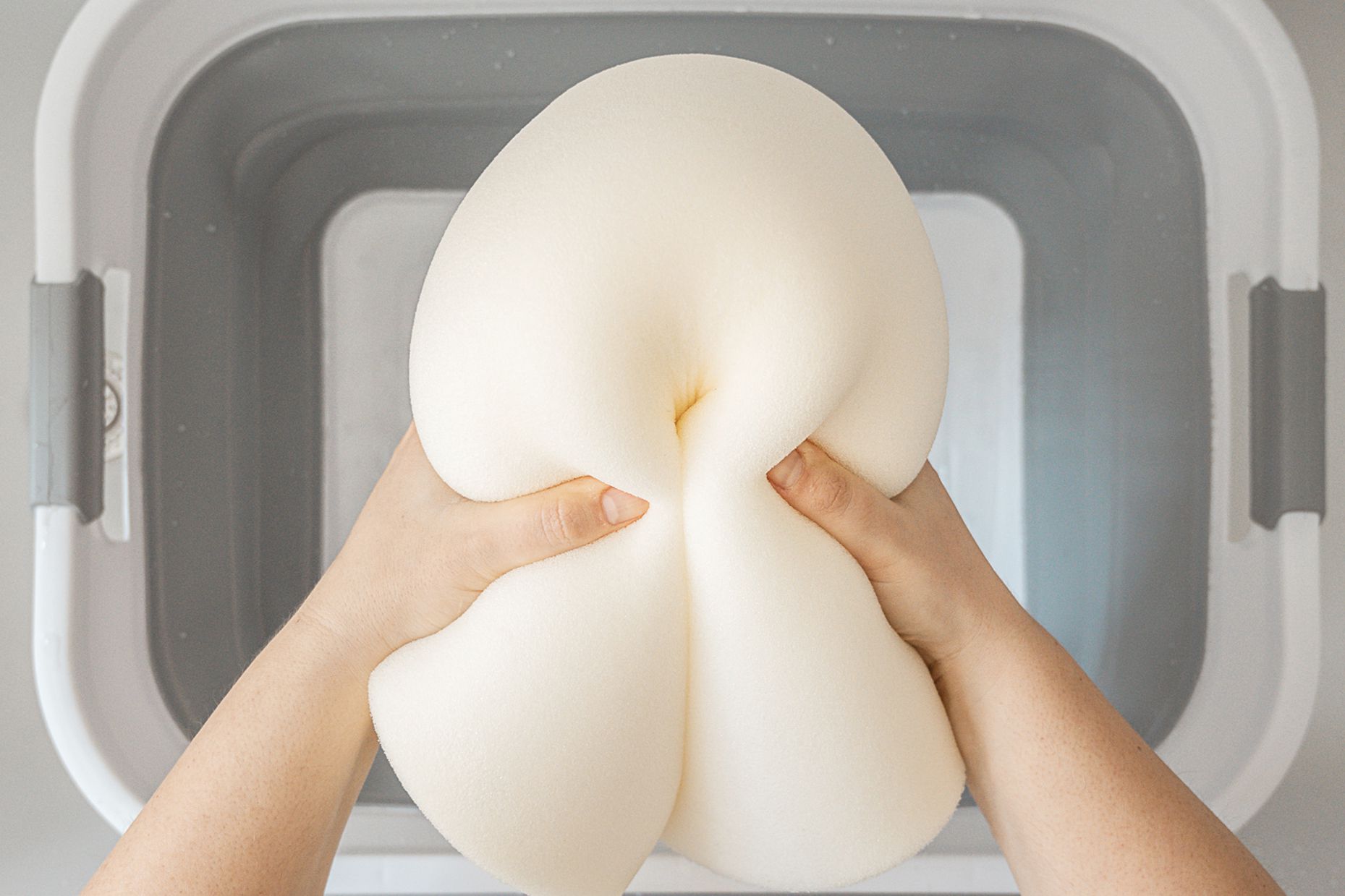
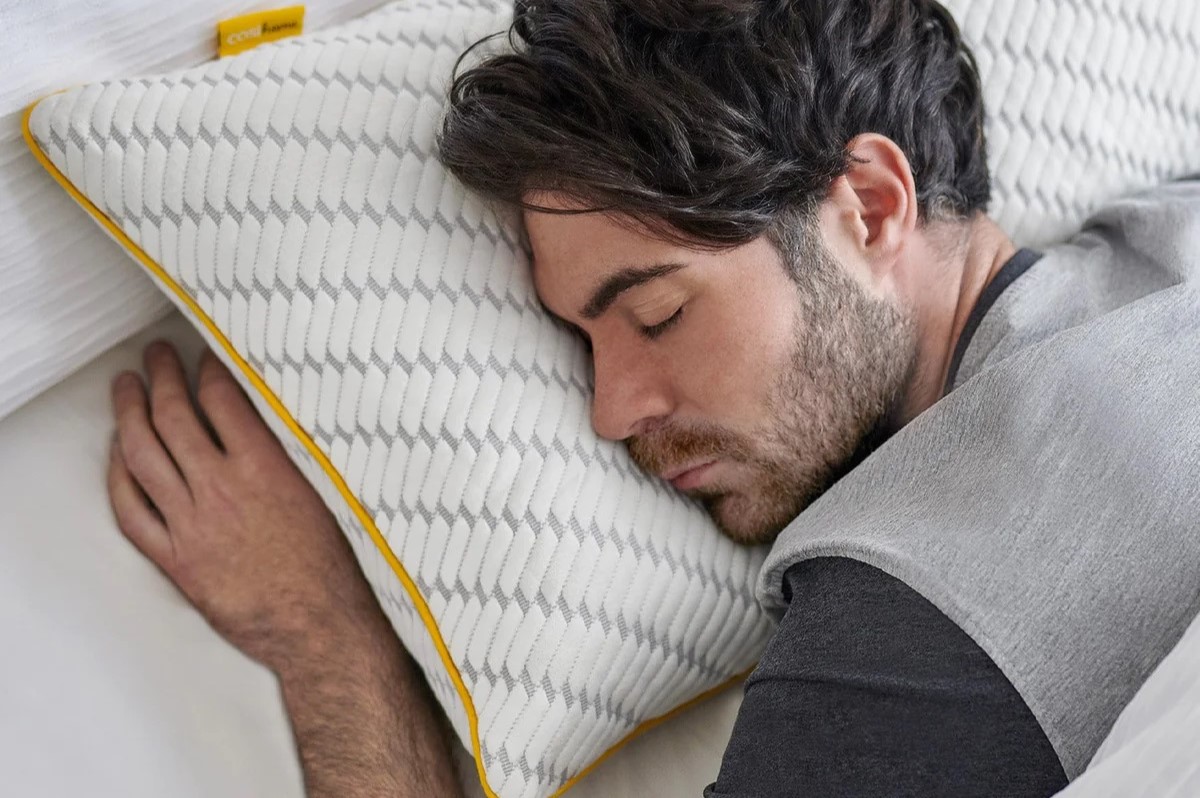
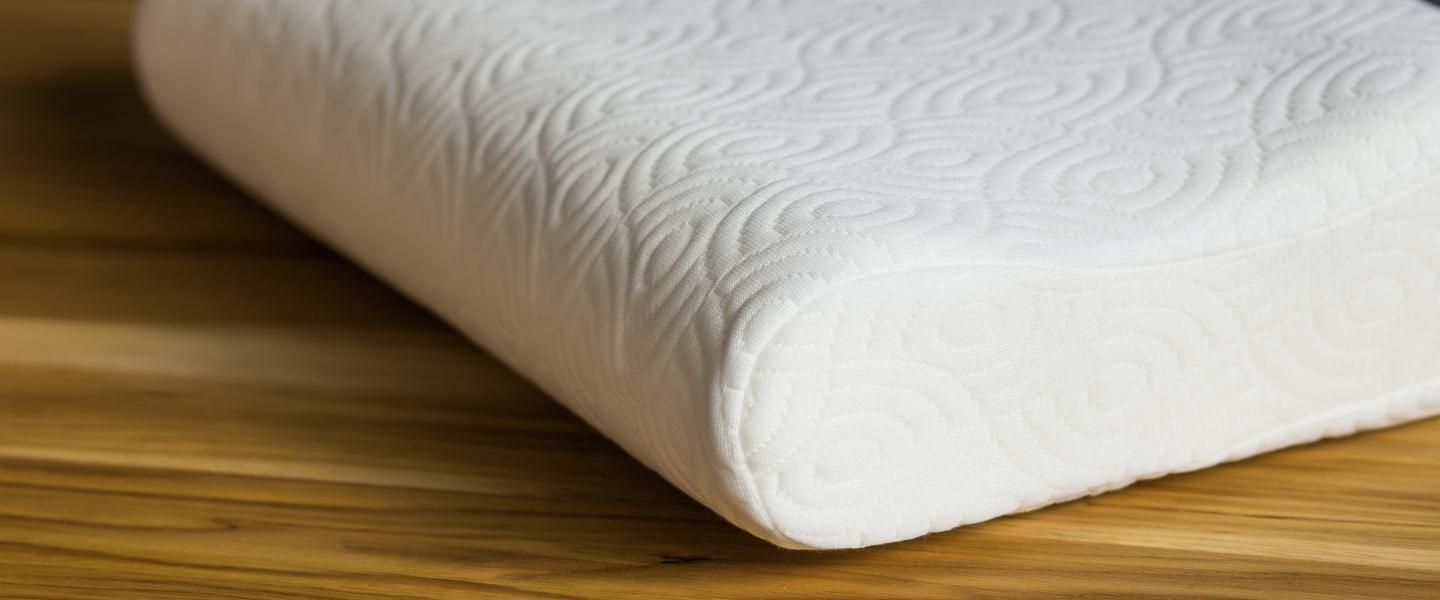
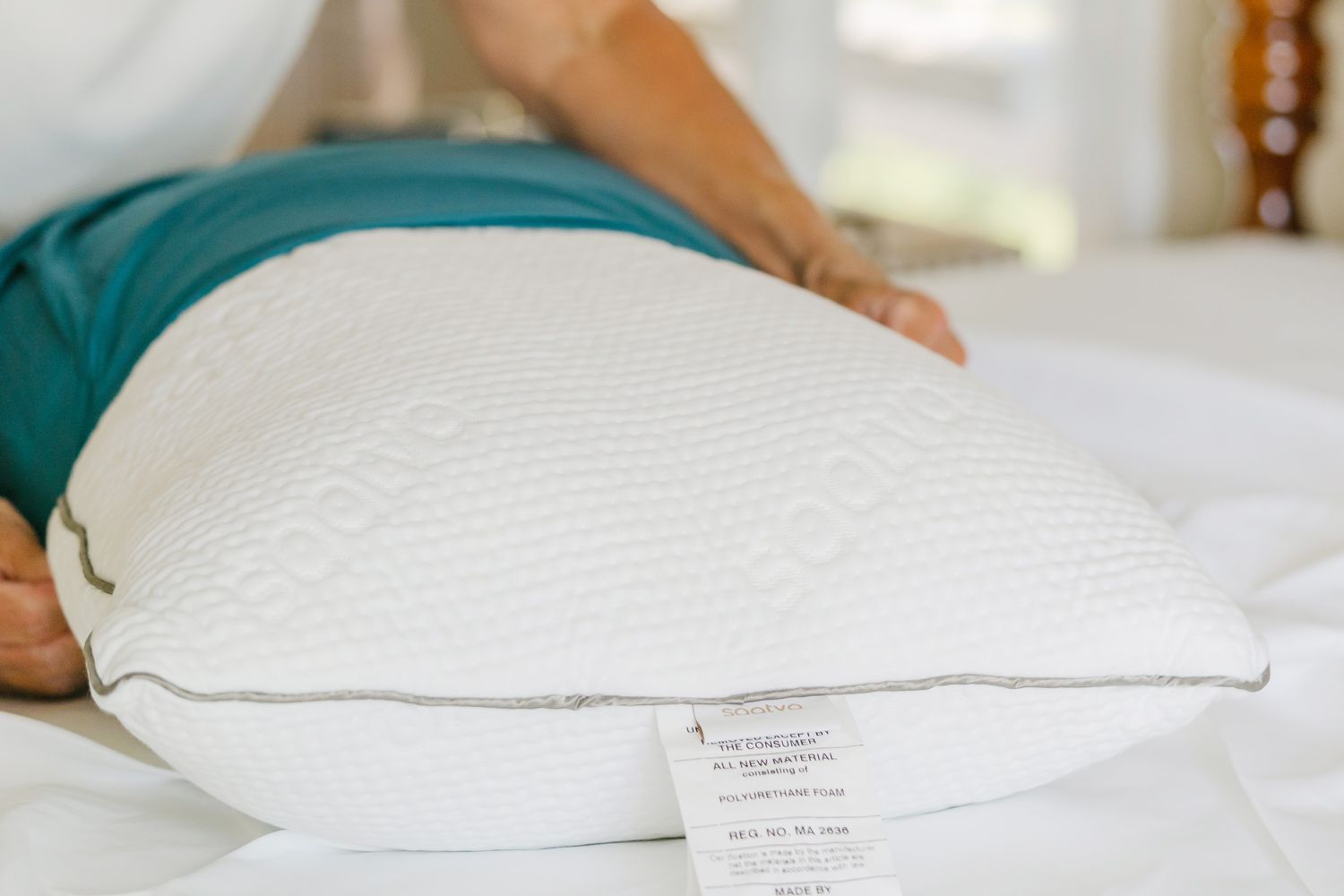
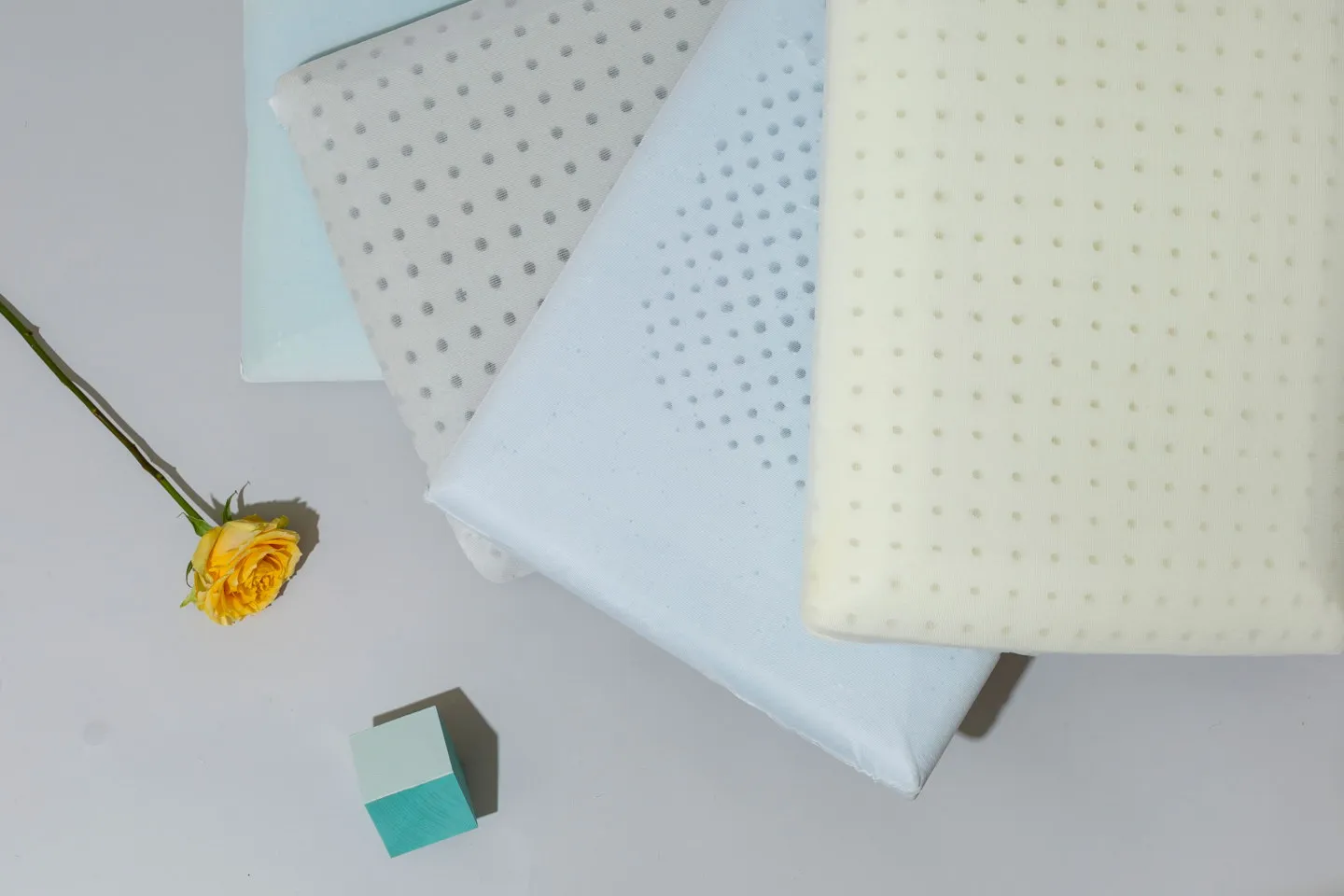
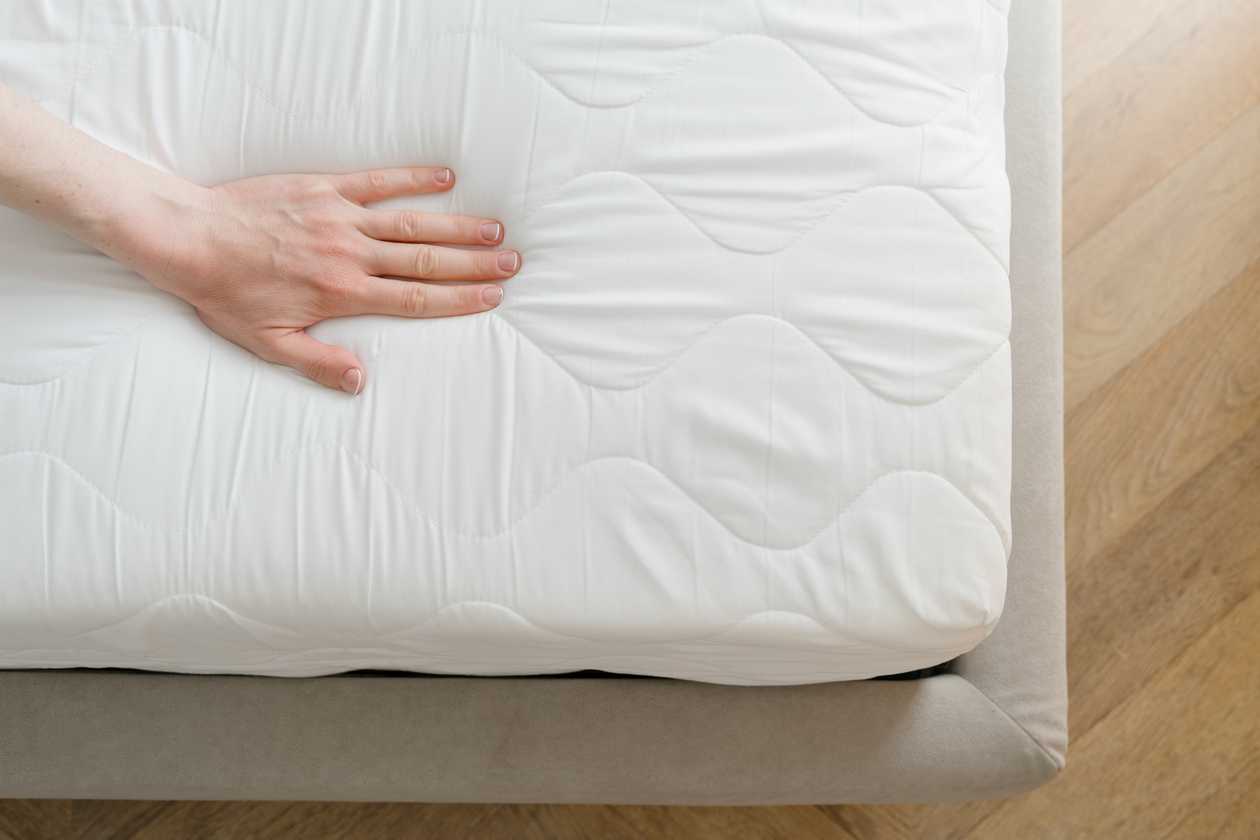
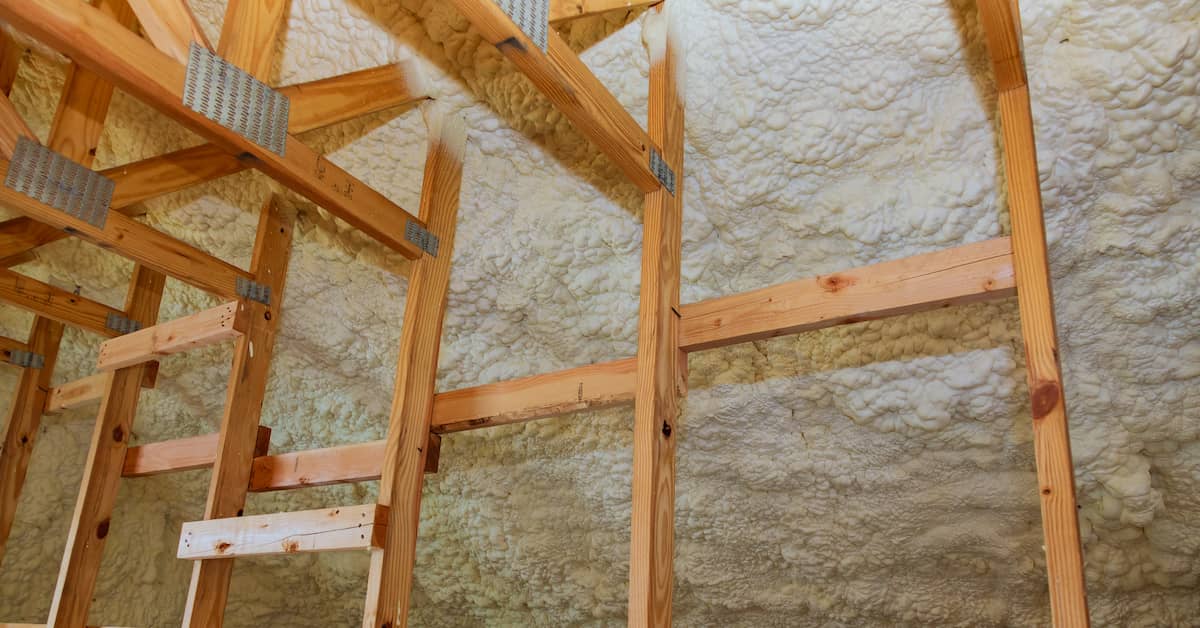
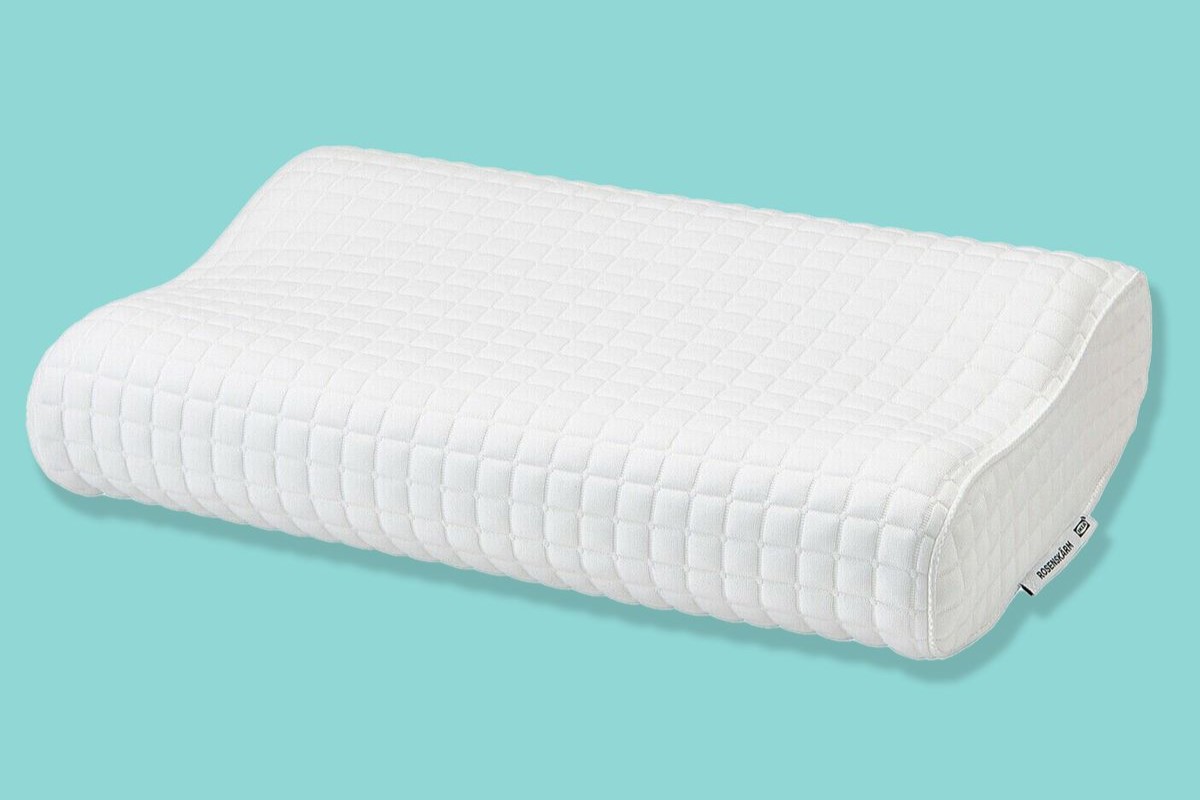
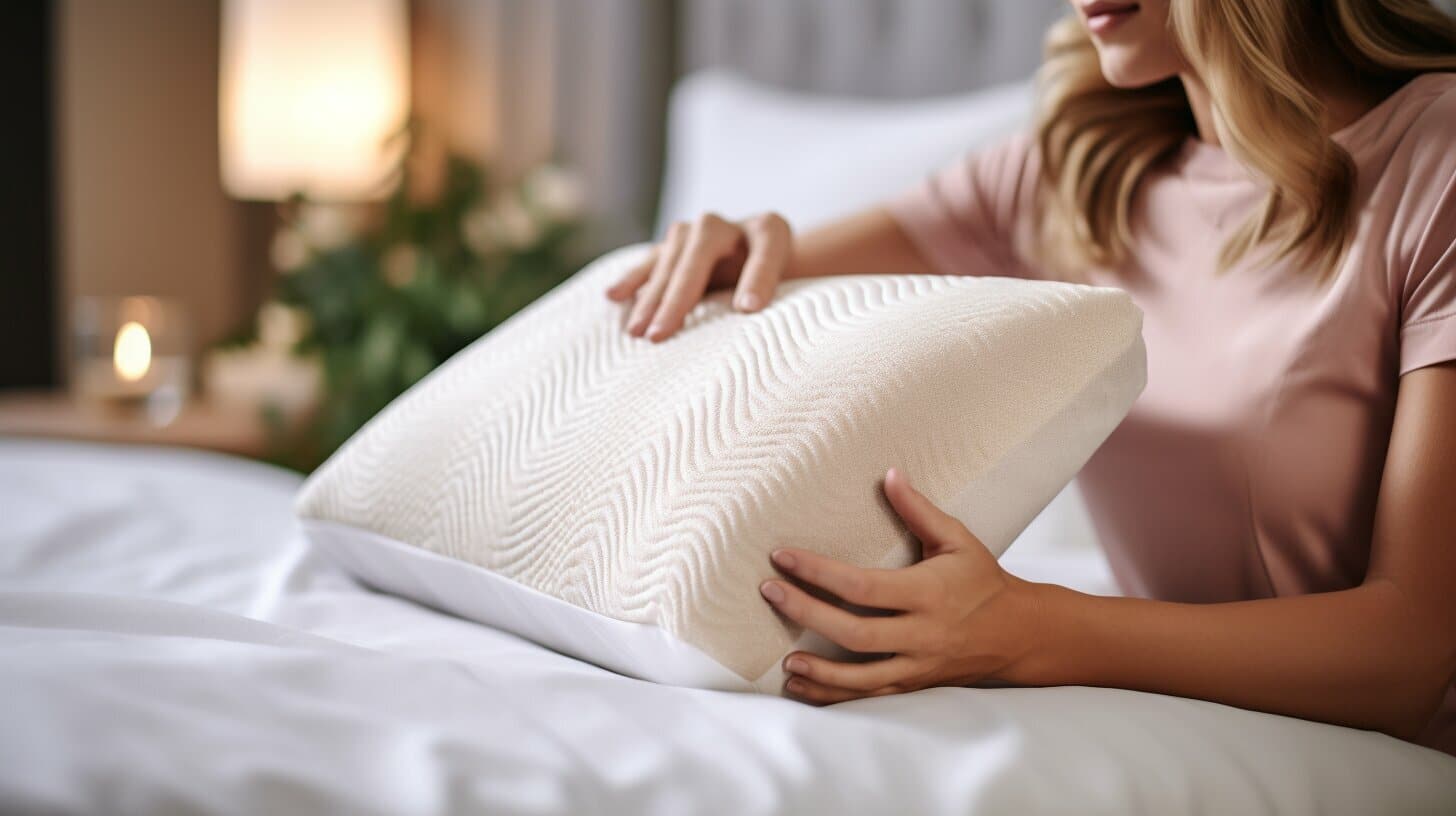
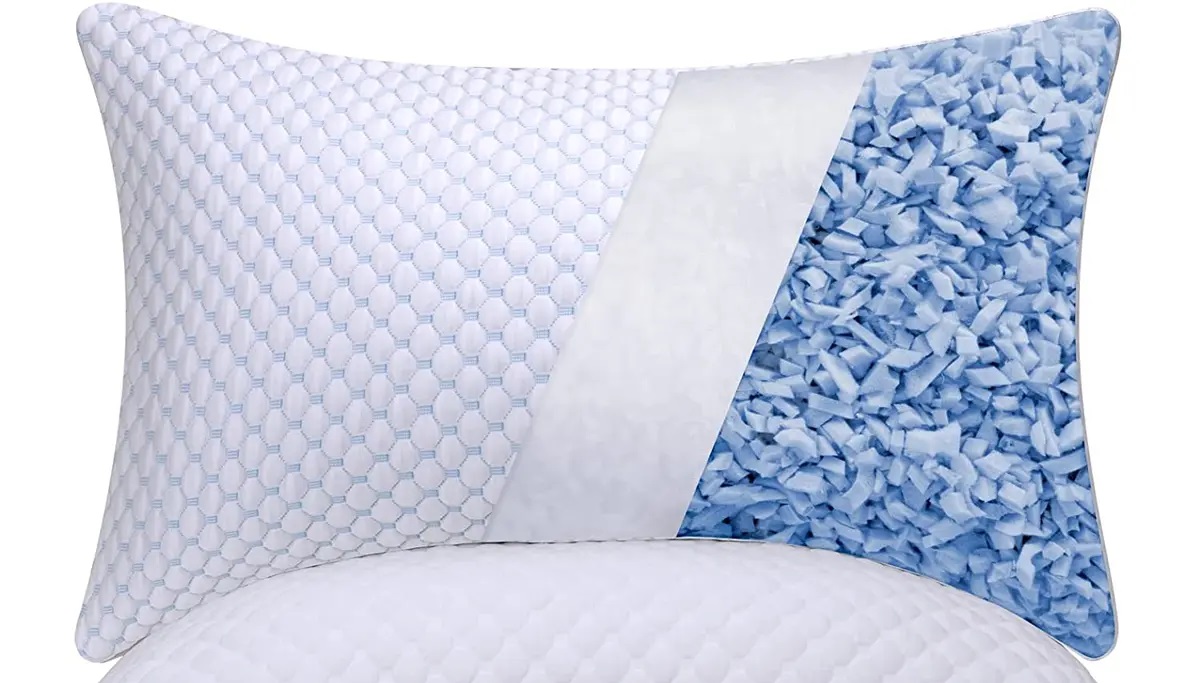

0 thoughts on “How Long Does A Memory Foam Pillow Last”